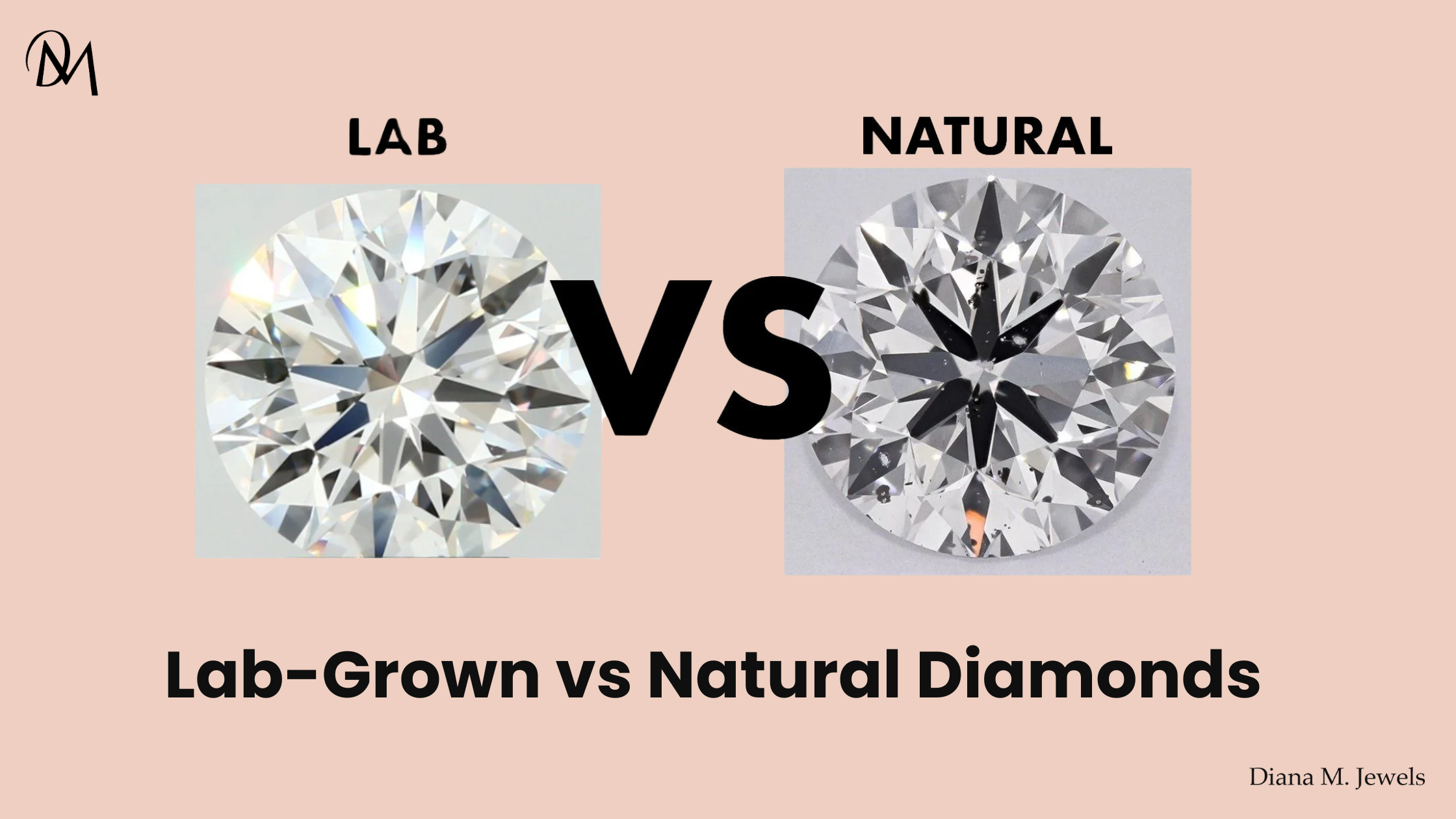
Lab-Grown vs Natural Diamonds: What’s the Real Difference?
In today’s world of fine jewelry, consumers are no longer asking if lab-grown diamonds are worth considering — they’re asking why not? With growing awareness around ethical sourcing, sustainability, and smart investing, the debate between lab-grown vs natural diamonds has become one of the most searched topics in the jewelry world.
So, what is the real difference between lab-grown and natural diamonds? Are lab-grown diamonds real? Can you tell the difference? And — the big question — which one is better?
Let’s dive into a complete guide that answers everything you need to know — from chemical structure and cost, to certification, ethics, and resale value.
Are Lab-Grown Diamonds Real?
Yes — lab-grown diamonds are 100% real diamonds. They are chemically, physically, and optically identical to natural diamonds. The only difference lies in how they’re formed:
-
Natural Diamonds form over billions of years beneath the Earth’s surface under extreme pressure and heat.
-
Lab-Grown Diamonds are created in high-tech laboratories using the same conditions — just much faster (a few weeks).
Just like natural diamonds, lab-created diamonds are graded using the 4 Cs: Cut, Color, Clarity, and Carat, and they can be certified by major institutions like GIA (Gemological Institute of America) and IGI (International Gemological Institute).
How Are Natural Diamonds Formed?
Natural diamonds are carbon atoms arranged in a crystal structure, formed deep within the Earth’s mantle. Over 1 to 3 billion years, intense heat and pressure transform these atoms into solid diamond crystals.
These gems are brought closer to the surface by volcanic eruptions and then mined from the Earth through extensive excavation.
Ethical Concerns in Mining
While the Kimberley Process has greatly reduced the trade in conflict diamonds (aka blood diamonds), mining still raises environmental concerns:
-
Soil degradation
-
Water pollution
-
Displacement of communities
How Are Lab-Grown Diamonds Made?
Lab-created diamonds are formed using two advanced technologies:
1. HPHT (High Pressure, High Temperature)
This method simulates the natural diamond formation process. A diamond seed is placed into carbon and subjected to over 1,500°C and extreme pressure, causing the carbon to crystallize into a diamond.
2. CVD (Chemical Vapor Deposition)
A thin slice of diamond seed is placed in a chamber filled with carbon-rich gas. The gas is heated, and carbon atoms slowly deposit onto the seed, forming a diamond layer by layer.
HPHT vs. CVD – Is There a Difference?
Both methods produce real diamonds. The differences are only detectable with specialized lab equipment analyzing internal growth patterns and inclusions.
Can You Tell the Difference Between Lab and Natural Diamonds?
To the naked eye — absolutely not.
Even professional jewelers cannot distinguish between the two without advanced equipment. However, there are a few microscopic signs:
-
Inclusions: Lab diamonds may contain metallic inclusions (from the creation process), while natural ones often contain mineral inclusions.
-
Growth patterns: Natural diamonds grow octahedrally; CVD diamonds grow in layers.
-
Laser inscriptions: Certified lab diamonds are often laser-engraved on the girdle with the term “lab grown”.
Lab-Grown vs Natural Diamonds: Side-by-Side Comparison
|
Feature |
Lab-Grown Diamond |
Natural Diamond |
|
Formation |
Created in lab (weeks) |
Formed in Earth (billions of years) |
|
Chemical Structure |
Pure carbon (identical to natural) |
Pure carbon |
|
Visual Appearance |
Indistinguishable to the naked eye |
Same |
|
Durability |
10 on Mohs hardness scale |
10 on Mohs hardness scale |
|
Price |
30–85% less |
Premium pricing |
|
Resale Value |
Currently lower resale value |
Better resale retention |
|
Environmental Impact |
Lower land use; high energy consumption |
Requires mining; higher ecological footprint |
|
Ethical Concerns |
Conflict-free; traceable |
Requires ethical sourcing (e.g., Kimberley) |
Pricing & Value: Is Lab-Grown Worth It?
Why Are Lab Diamonds Cheaper?
Lab diamonds skip the billion-year wait and don’t require mining infrastructure. That efficiency saves 30% to 85% on cost.
Do Lab Diamonds Hold Value?
As of now, lab diamonds generally have lower resale value, since they can be produced on-demand. Natural diamonds, due to their rarity, tend to retain more long-term value.
But here’s the truth: most diamonds — lab or natural — lose resale value once purchased, unless they are investment-grade stones.
Sustainability and Ethics: Which Is More Responsible?
Lab-grown diamonds are often marketed as the eco-friendly choice, but the full picture is nuanced.
Lab-Grown Diamonds:
-
No mining = less disruption of ecosystems
-
Energy-intensive, but increasingly powered by renewables
-
Transparent sourcing and often fully traceable
Natural Diamonds:
-
Mining can be sustainable if done ethically (e.g., Canada, Botswana)
-
The Kimberley Process reduces conflict diamond trade
-
Supports communities dependent on mining economies
Which Should You Choose: Lab or Natural?
There’s no one-size-fits-all answer — it depends on your priorities.
|
If you value... |
Choose... |
|
Maximum sparkle on a budget |
Lab-Grown Diamond |
|
Rare, one-of-a-kind origin |
Natural Diamond |
|
Eco-conscious purchase |
Lab-Grown Diamond |
|
Long-term investment |
Natural Diamond |
|
Modern luxury |
Lab-Grown Diamond |
|
Heirloom tradition |
Natural Diamond |
Diamond Certification: IGI vs GIA
Whether lab or natural, ensure your diamond is certified.
-
GIA (Gemological Institute of America): Most recognized worldwide. Since 2007, they also grade lab-grown diamonds.
-
IGI (International Gemological Institute): Offers more lab-diamond certifications and uses standard color/clarity grading.
Always look for:
-
Unique certificate number
-
4Cs grading
-
Confirmation of lab-grown origin (if applicable)
Debunking Common Lab Diamond Myths
-
Myth 1: Lab diamonds are fake
False. They are real diamonds — not simulants like cubic zirconia or moissanite. -
Myth 2: They’re flawless
Lab diamonds can still have inclusions and color variations.
-
Myth 3: They lose sparkle over time
Like all diamonds, they’re built to last forever.
-
Myth 4: You can easily spot the difference
Not without lab equipment or laser inspection.
Shop Lab-Grown & Natural Diamonds at Diana M Jewels
At Diana M Jewels, we believe your diamond should match your values — whether you’re looking for modern innovation or timeless romance.
Explore our curated collections of:
Every diamond we offer is ethically sourced, certified, and selected for exceptional brilliance.
Final Thoughts: Lab-Grown or Natural?
The decision between lab-grown and natural diamonds isn’t about choosing what’s “better” — it’s about choosing what’s right for you.
Whether you’re drawn to the cutting-edge technology of lab-grown stones or the timeless rarity of natural diamonds, one thing is certain:
A real diamond is defined not by its origin, but by its brilliance — and the story it tells.
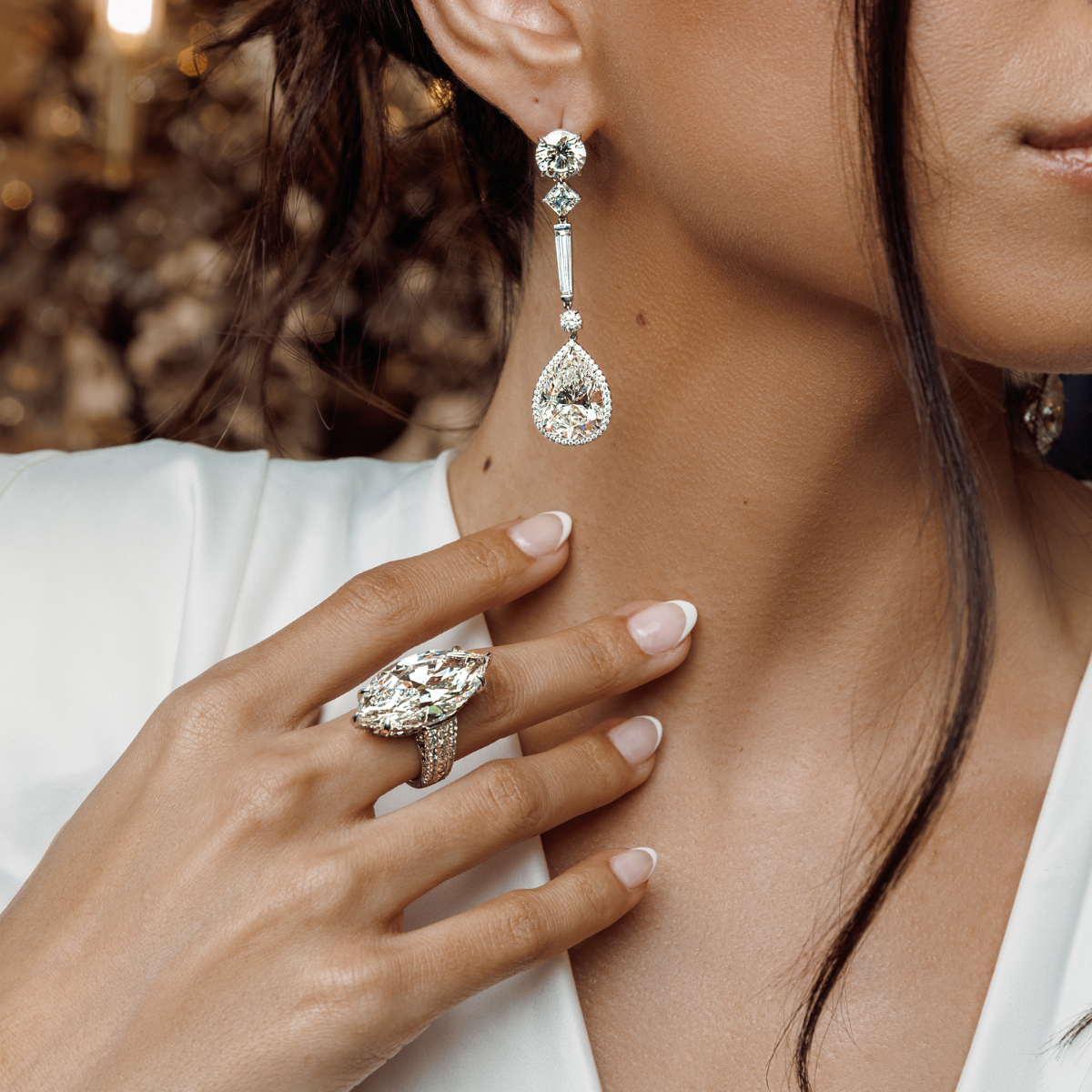
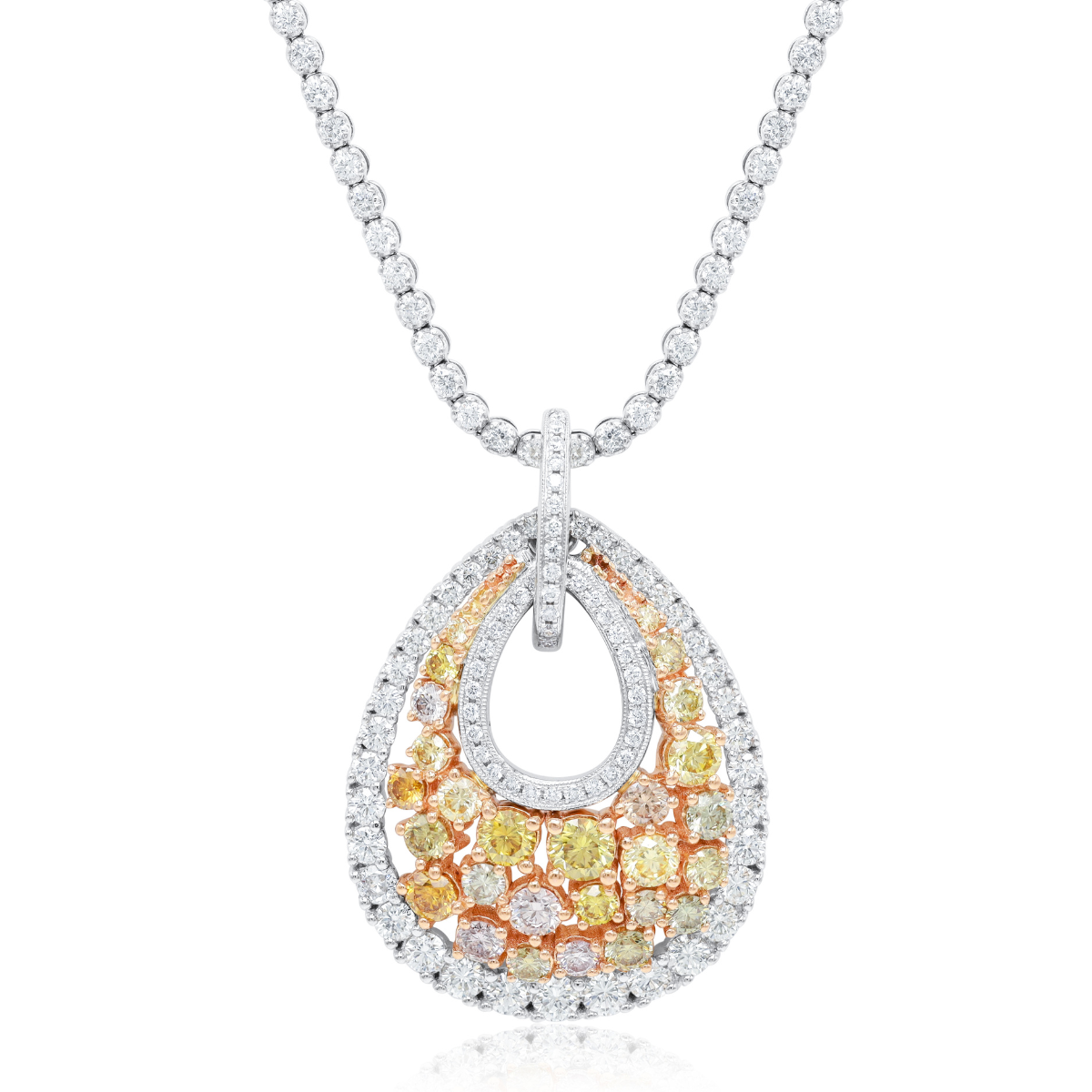
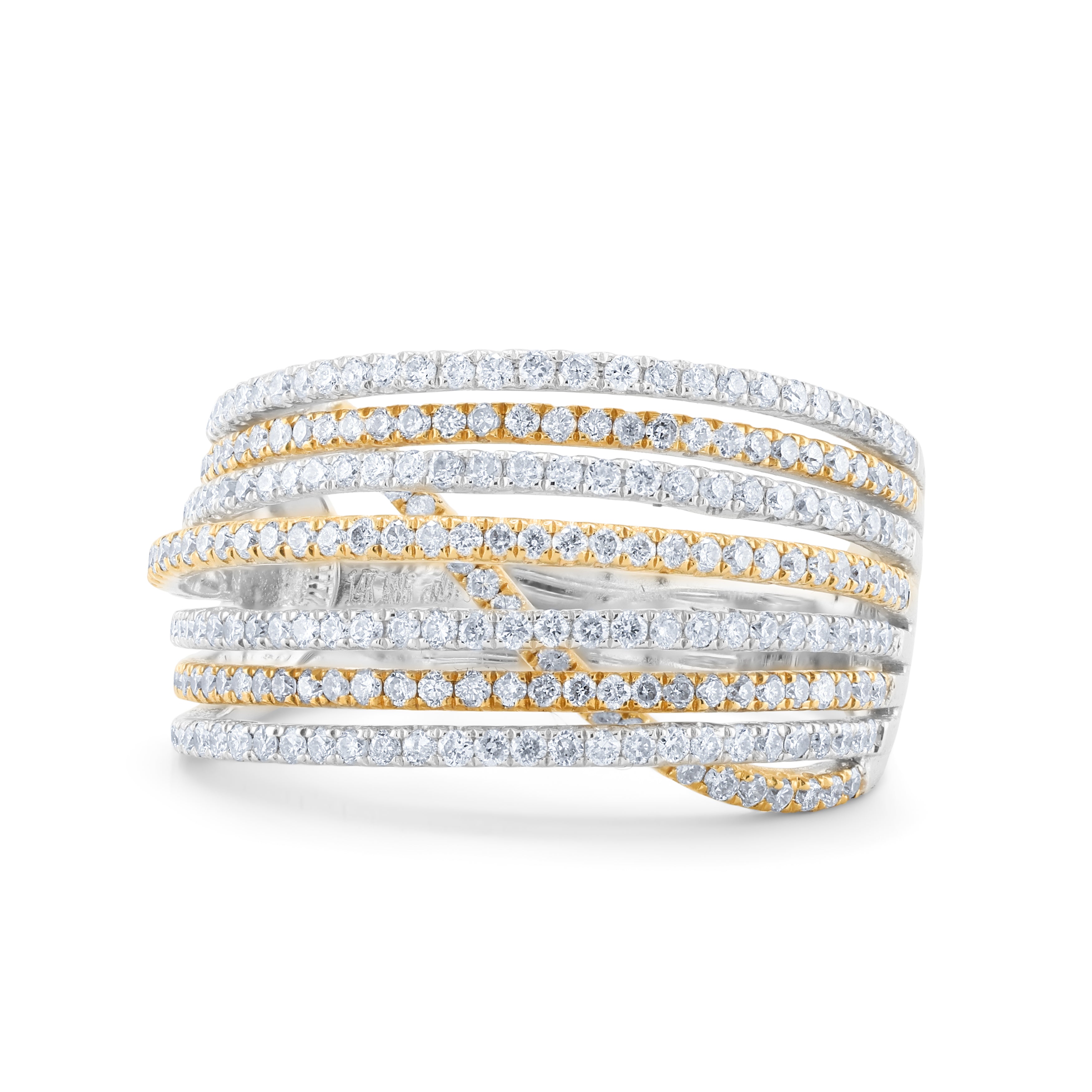
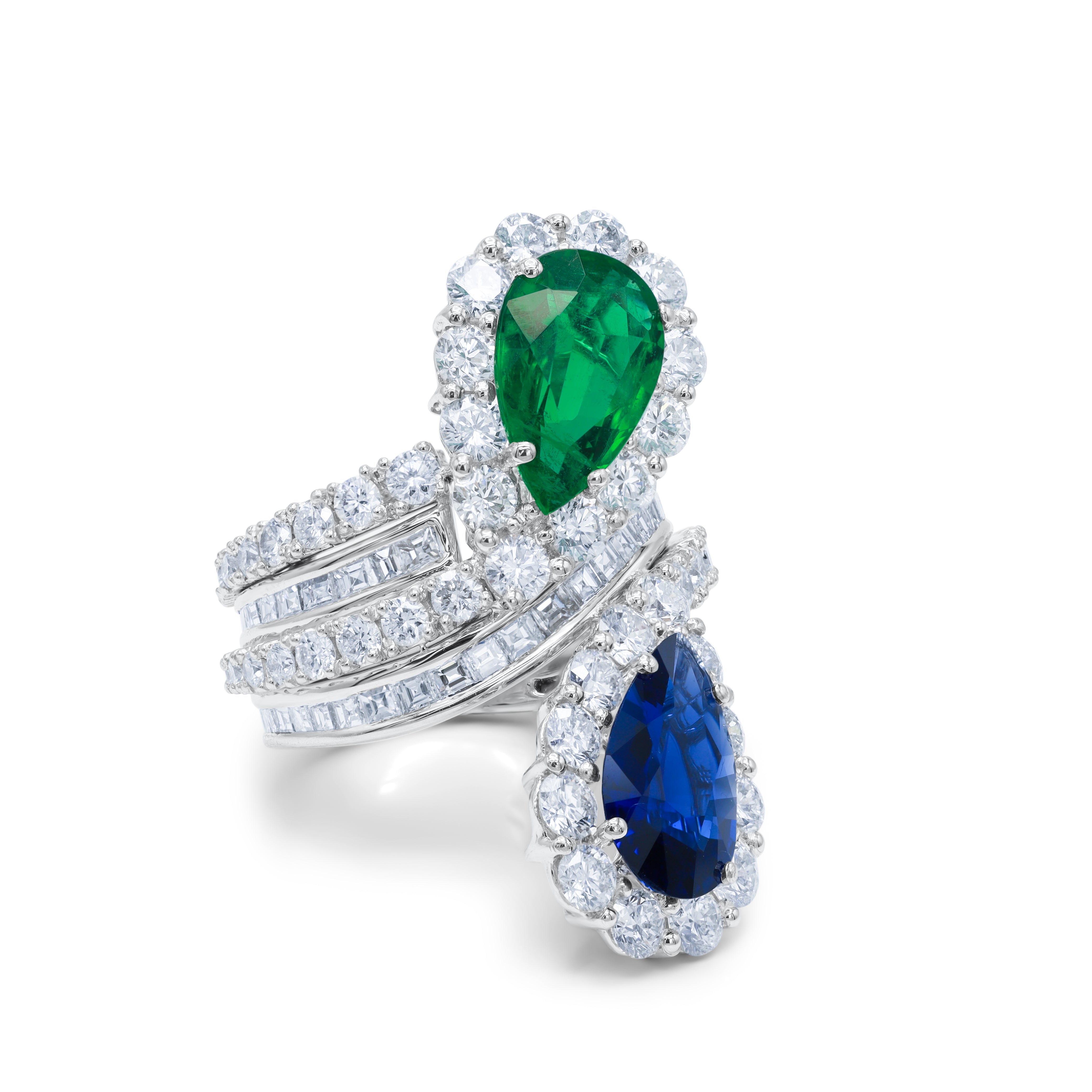

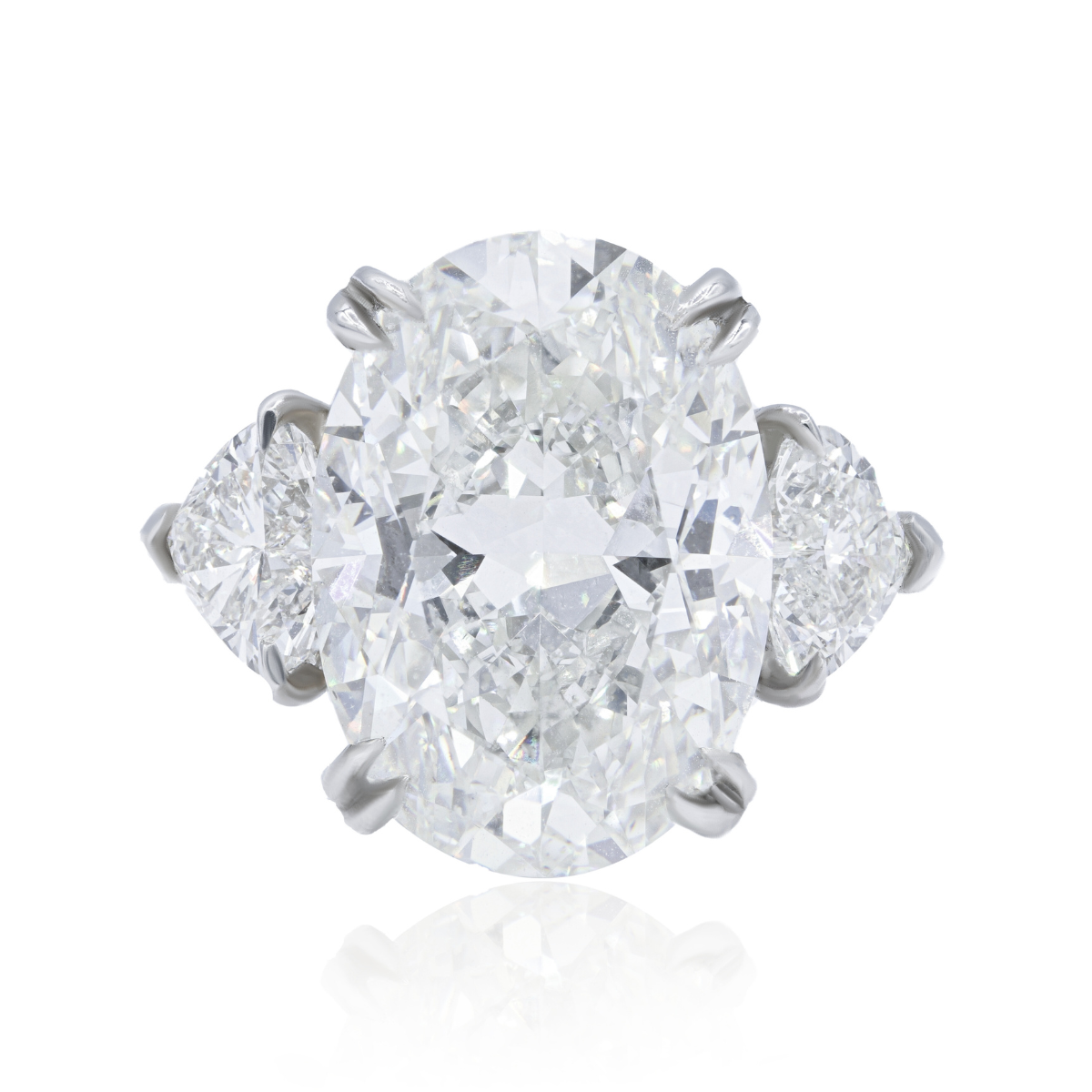
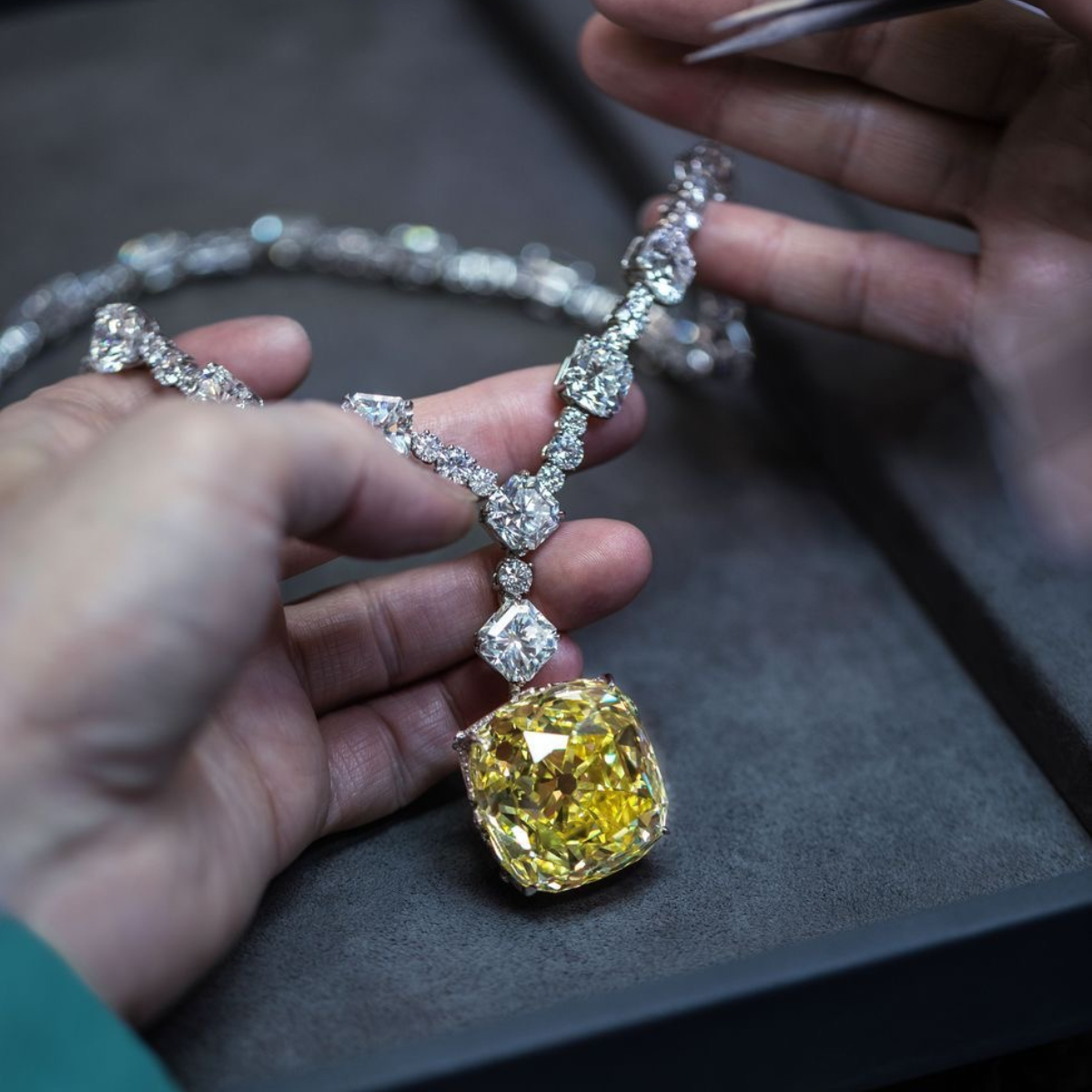
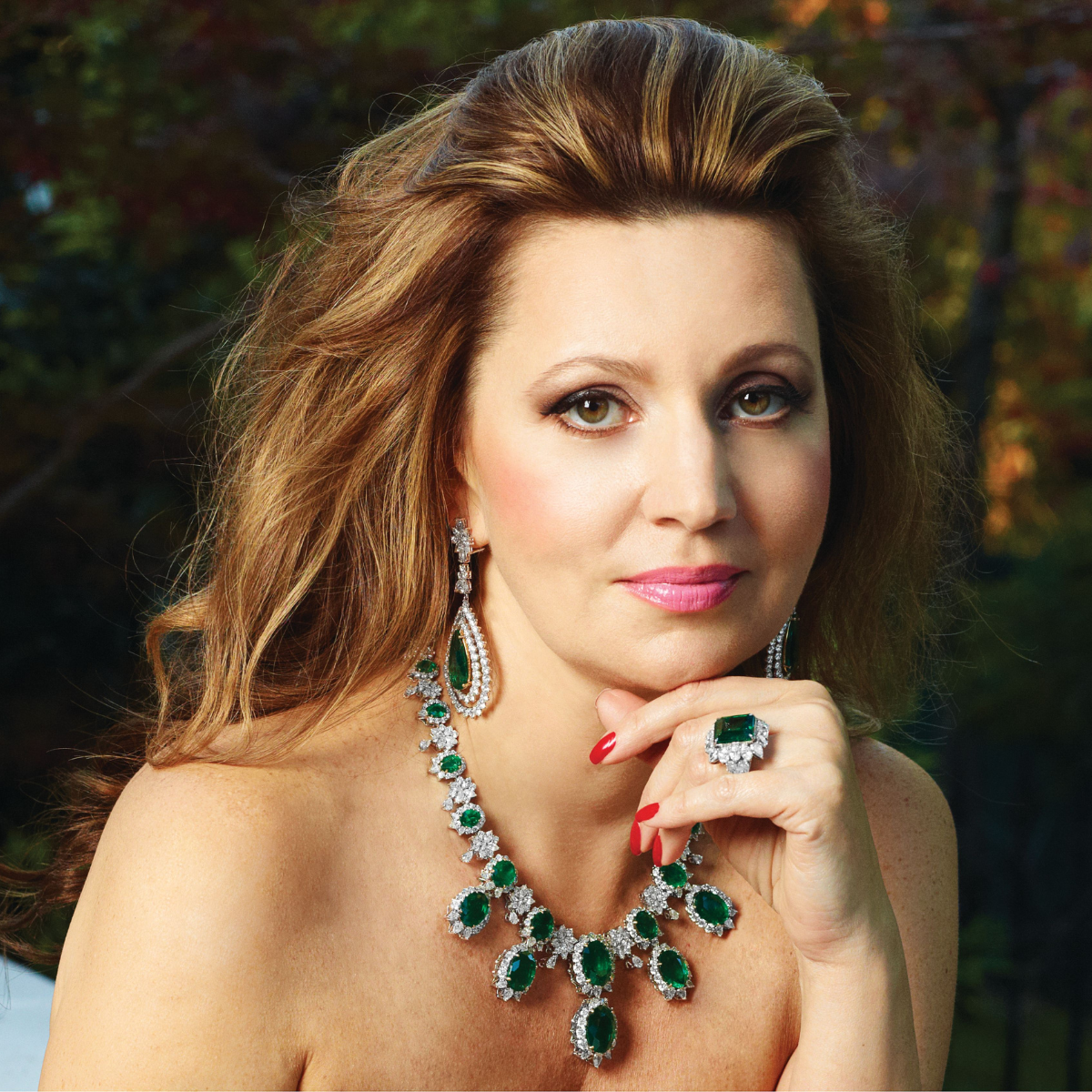

Leave a comment
This site is protected by hCaptcha and the hCaptcha Privacy Policy and Terms of Service apply.